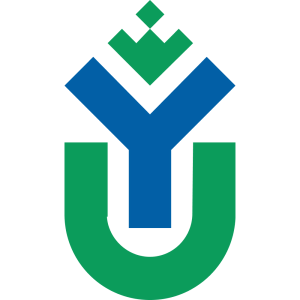Laboratory for the development of metagenomic analysis techniques for rapid environmental impacts in conditions of intensive subsurface use

In 2021, within the framework of the national project "Science and Universities", a youth laboratory was established at the University "Laboratory for the development of metagenomic analysis methods for rapid assessment of environmental impacts in conditions of intensive subsurface use" (Youth Molecular Laboratory, MalLab) under the leadership of a young scientist Filippova N.V. A feature of the competitive selection was that youth Laboratories were created in participating organizations of world-class scientific and educational centers (West Siberian Interregional World-class Scientific and Educational Center). Since 2024, the laboratory has been working within the framework of the State Task "Molecular genetic method in the study and assessment of the state of biodiversity of the Northern regions". The purpose of the laboratory is to develop a methodology for assessing the impact of subsurface use on the biodiversity of natural ecosystems. In the last few years, the class of metabarkoding methods has begun to play a leading role in the study of biodiversity. They are quite fast and economical, while giving the most accurate results, especially with regard to microorganisms. However, due to its novelty, the method requires further study and testing in conditions of specific ecosystems. One of these types is the ecosystems of upland swamps, which occupy up to half of the territory of the Khanty-Mansiysk Autonomous Okrug. The use of metabarkoding to assess the impact of subsurface use on the biodiversity of ecosystems will allow us to develop a methodology for rapid assessment of the violation of the territory and its restoration after reclamation work.
- Nanopore sequencing
- Sequencing by Sanger
- Sequencing
Research directions
Barcoding of the Fungarium YSU collection

Metabarcoding of fungal communities in taiga zone of Western Siberia

Long-term monitoring of terrestial macrofungi in taiga zone of Western Siberia

Fungal Literature Records data base of West Siberia





